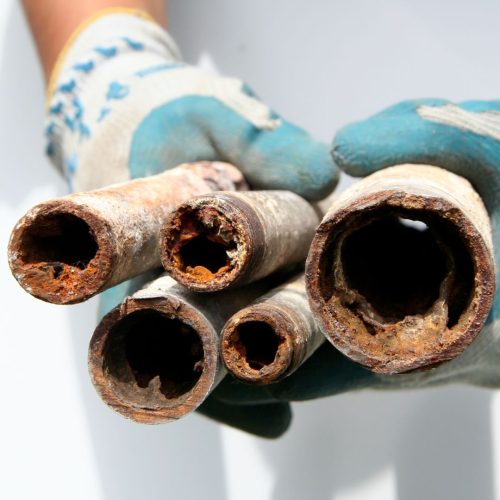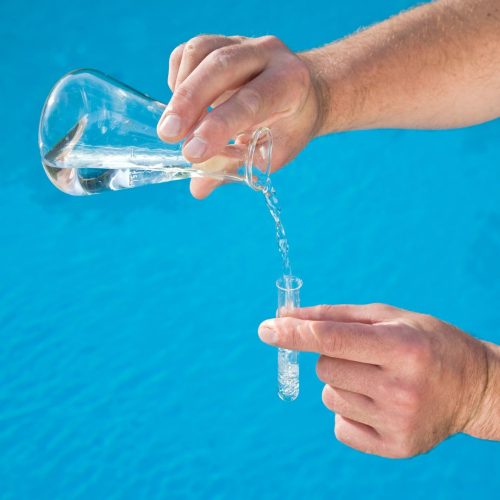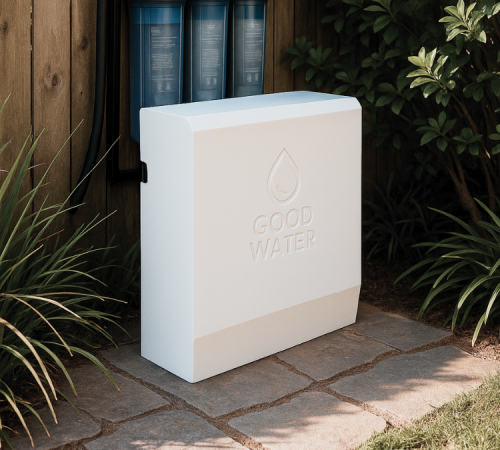
This is the truth about what’s hiding in your water — legally permitted or not, visible or not. Here’s a breakdown of the most common contaminants found in Australian tap water and what science says about each one.
This list is based on testing from across Australia, global health reports, and findings from water safety organisations.
Used in firefighting foam, waterproof fabrics, and non-stick coatings. Persistent in the environment and the human body.
Used to disinfect water. Reacts with organic matter to form harmful byproducts (like THMs).
Chlorine + ammonia. Longer lasting than chlorine, but creates different byproducts.
Added to water for dental health. Can be controversial depending on dosage and sensitivity.
Byproduct of chlorine reacting with organic matter.
Another chlorine byproduct.
From fertilisers and animal waste runoff.
From agricultural runoff, especially near farming zones.
Health Risks: Hormone disruption, cancer, nervous system effects
From old pipes and plumbing solder. Extremely toxic — especially to children.
Leached from old or corroded copper pipes.
May be used in water treatment or leached from soil.
Naturally occurring, but harmful at high levels.
Health Risks: Neurological damage, especially in infants



Indicates faecal contamination. Dangerous if ingested.
Chlorine-resistant parasite often found in rainwater and contaminated groundwater.
Waterborne parasite often found in tank or bore water.
Health Risks: Gastrointestinal illness, fatigue, dehydration
Water authorities only test for a limited number of these contaminants — and even when they’re detected, the limits are based on outdated data that don’t reflect cumulative or long-term exposure.
Some of these substances are still unregulated, meaning there’s no legal requirement to remove them.
If you want true protection, it starts at home.
